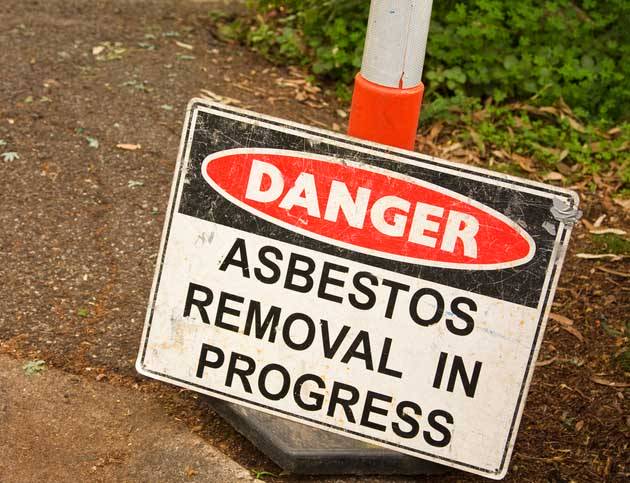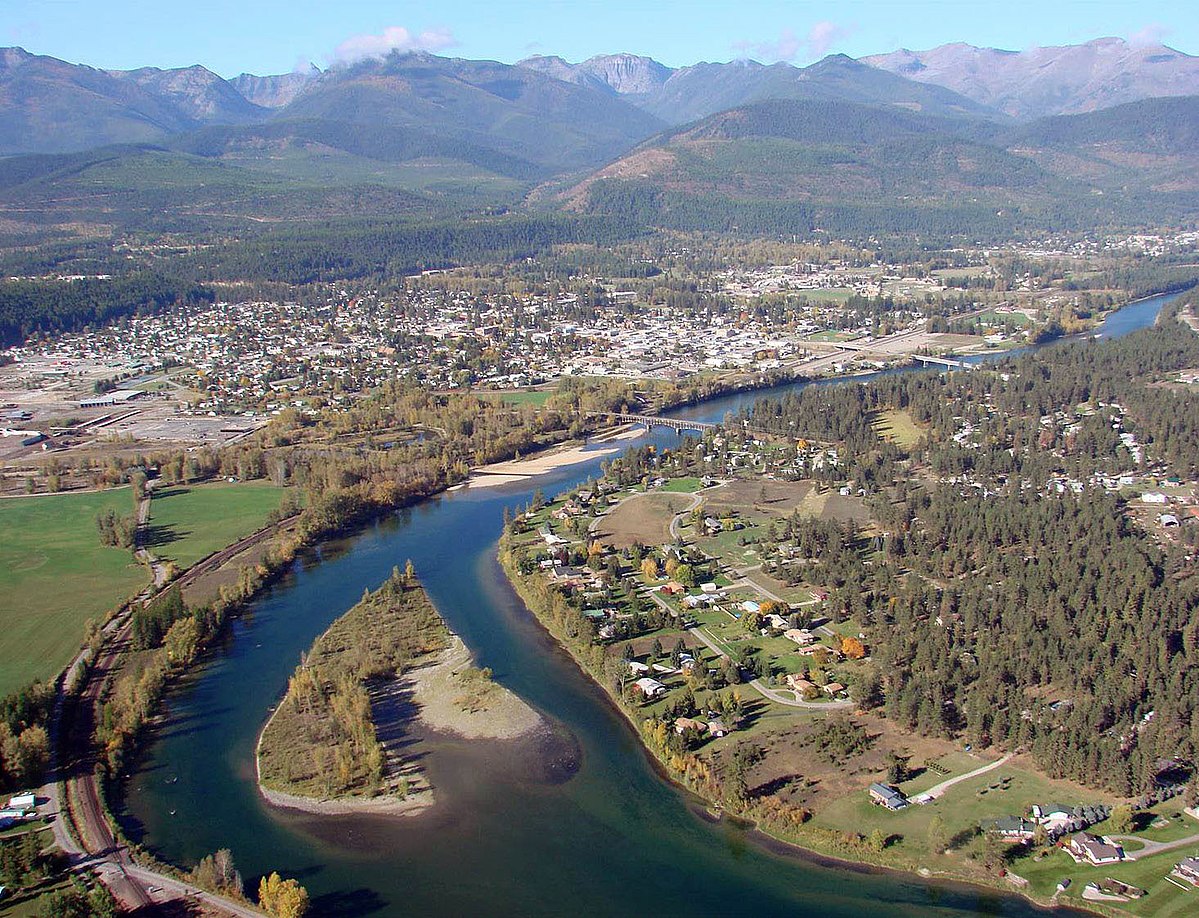The Libby Asbestos Superfund site has been on the National Priorities List for nearly two decades. But EPA changes have been working diligently to make the site safe again.
“In 1986, studies found that residents of Libby contracted lung cancer at heightened rates compared to the general population. Residents were also at high risk for asbestosis. In 2002, the EPA declared Libby a Superfund Site. As such, the government directed funding to cleanup efforts. Cleanup is still ongoing in certain areas, but the EPA has made great progress to protect residents,” explains Vogelzang Law.
The Montana Department of Environmental Quality and the EPA have worked together to prevent future exposure of asbestos in the area.
IMAGE: PEXELS
Why Libby Is An Important Lesson In Safety?
Many people outside of Libby, Montana have never heard of the Superfund list or even know about the tragedy that struck the area. While asbestos manufacturers deny claims that the material can lead to mesothelioma, Libby residents learned the truth first-hand.
Libby is America’s longest, man-made environmental disaster.
Libby was added to the National Priorities List in 2002 with eight operable units being a priority. A vermiculite mine was in use for over 70 years, but a lack of safety and potential knowledge of the risks of asbestos led to the mine spreading asbestos across the region.
Miners and residents both became sick. Asbestos fibers entered the air, and while the mine was a strong economic producer, providing thousands of high-paying jobs, it also became a killer. The mine closed in 1990, but the impact that it would have on the community would be devastating and long-lasting.
A 30-Year Cleanup Is Coming To An End
Nearly 30 years since the mine closed, a 45-acre part of Libby has come off of the Superfund list. The 45-acre part is just one of eight that have been cleaned. It’s expected that six additional areas will be removed, too.
The only zone that will not be removed from the list of priorities is the mine itself. Over 400 deaths have been linked to the asbestos in the area and an additional 3,000 people have been sickened. Federal taxpayers have spent $600 million to clean up the area. The EPA has inspected 8,200 properties in the area.
Operable Unit 2, which is the area that has been removed from the list of priorities, was used to screen the mining material for asbestos. Removing the unit from the list doesn’t mean that the area is completely safe.
Maintenance and reviews of the unit will be ongoing to ensure that it no longer poses a risk to the public. Even though the cleanup is nearing an end, and we’re yet to see the total impact it will have on the community. Diseases related to asbestos can take up to 50 years to develop, so there’s a very good chance a lot of the residents in the community will develop diseases as a result of the once thriving mine.
Operable Unit 3, the site of the vermiculite mine, still needs to be cleaned up. A hearing on the unit will take place in Libby on April 24. – The removal of asbestos should only be completed by a fully insured experienced professional due to the many hazards associated with it.
If you are interested in even more business-related articles and information from us here at Bit Rebels, then we have a lot to choose from.


COMMENTS